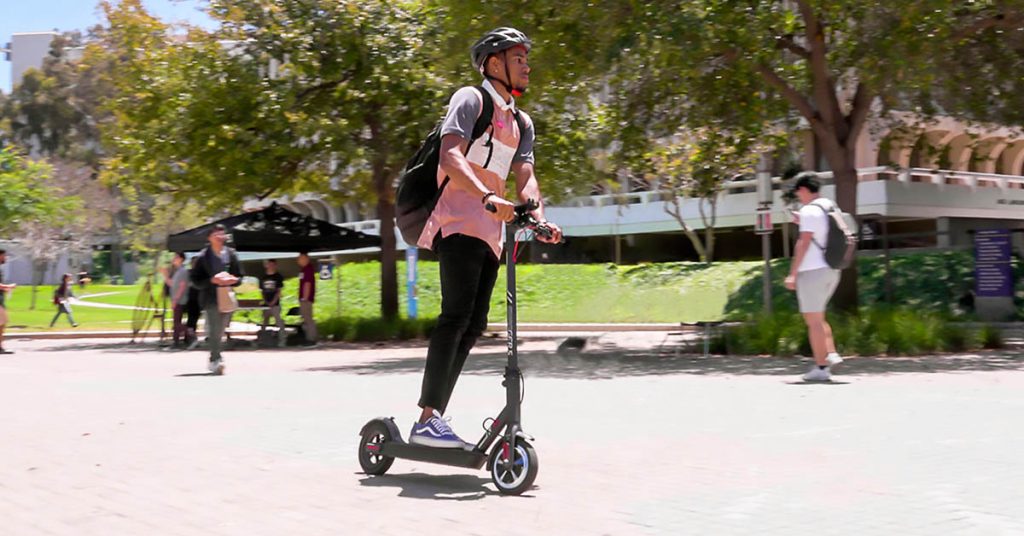The electric mobility sector is constantly evolving and growing. Various researchers are predicting that the electric scooter market will grow by 27% by the year 2025.
Air pollution and more specifically, Greenhouse Gas (GHG) are the main drivers of the change towards a sustainable personal mobility.
But what will happen after the pandemic?
We all know the impact that the pandemic caused by Covid-19 has had and we have been able to verify its effects on our lives. When it comes to mobility, we have definitely been more restricted and limited. On the other hand, electric mobility has become a suitable solution for the situation and easily adaptable to our transportation needs. Furthermore, we cannot deny that its benefits are favorable not only for the current situation and the pandemic, but also in the long term.

The micromobility sector is expected to have a strong recovery after the pandemic. The forecasts are mainly based on the ease that the users of electric scooters admit having when riding them and the bigger awareness of hygiene. Personal mobility vehicles are preferred to public transport, due to the higher degree of independence and the lower exposure to contact with third parties.
How does the growth in the number of electric scooter users affect us?
The most important effects will have to do mainly with pollution and above all, with its reduction. It is expected that little by little alternative transportation vehicles will take the place of automobiles. This will open up more green spaces and pedestrian areas.

On the other hand, we will notice less traffic on the roads. Currently, there are alternatives in the form of public transport but due to covid-19 and the social distancing that it required, more people decided to resort to electric vehicles. This process will continue to evolve and will make us even less dependent on traffic and public transportation.
Finally, in the near future more and more people will understand the economical value of the electric mobility. Investments in an electric scooter are based on its initial purchase and its maintenance and charging costs which are minimal. The savings that are made from parking and storing are another key factor to take into account.
The future of electric mobility reflects our needs and our ability to adapt. Commuting in an ecological and economic way is one of the goals of many people. Electric vehicles are more effective and beneficial both for our daily routines and for our environment. This new way of commuting will make us even more independent and at the same time more focused on caring for the environment.